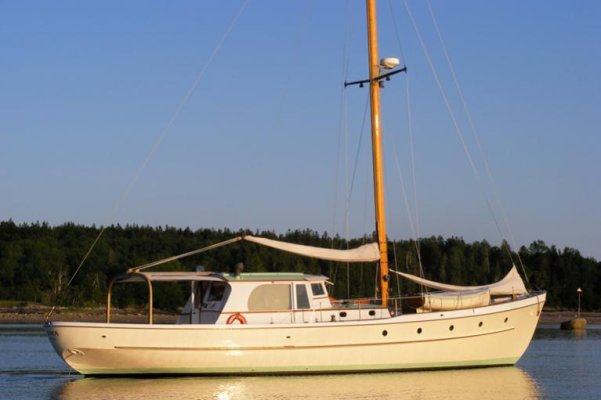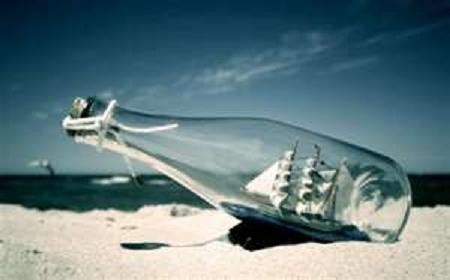Has anybody actually experienced engine failure do to under loading. I personally haven't heard of anybody having this kind of failure. I've seen engines ruined with improperly designed exhaust systems, cooling issues , oil pump failure, spring plate failure, contaminated fuel and injector problems, I haven't heard of any dieing from chronic under loading. There is so much written about this it must of happened sometime. On the subject of twins vrs singles. I have lost an engine at sea and I was damn thankful I had two, it was rough and I can't even imagine trying to make repairs without the stability of one engine maintaining almost cruising speed while crawling around in the bilge replacing a lower cooling hose. I was a big advocate of single engine efficiency until then. You may have noticed Kadey Krogen, Salene , and Sea Horse are all offering and showing twins. Get home engines only work in calm conditions with little current, a band aid concession to not have a second engine. I personally want redundant security, two engines , two generators, four fuel tanks and three water tanks. Because no matter how old or new your boat sometime somewhere something is going to fail. It's no big thing if Vessel Assist is an hour away, but what if it isn't.



